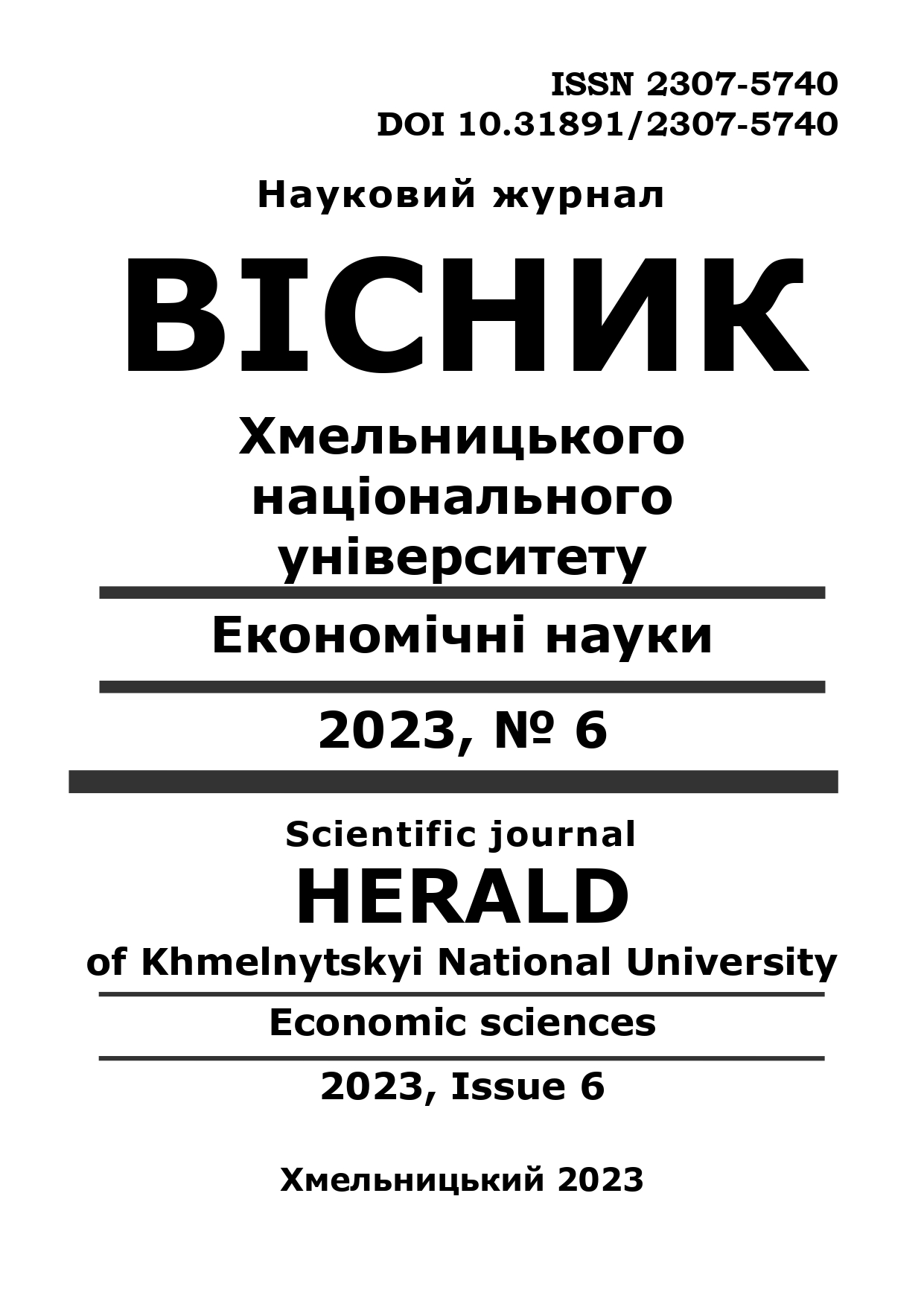IMPLEMENTATION STRATEGY OF THE CIRCULAR ECONOMY CONCEPT IN THE AGRIBUSINESS SYSTEM
DOI:
https://doi.org/10.31891/2307-5740-2023-324-6-6Keywords:
circular economy, conceptual essence of circular economy, sustainable development, agribusiness, waste, ways of using wasteAbstract
It has been explored strategies for implementing the concept of circular economy in agribusiness to ensure sustainability and enhance efficiency. Emphasis is placed on transitioning from the traditional model of resource utilization to their conservation and repeated use in cycles, which is crucial for balanced development. Various approaches to defining the circular economy have been considered, including resource-oriented and economic-oriented, as well as proposed eco-oriented, socially-oriented, and synergistic approaches. Attention has been drawn to the importance of not only economic but also ecological and social stability in the context of applying circular models. It has been noted that circular economy contributes to waste reduction and ensures rational resource use, which is vital in the face of growing environmental challenges and resource scarcity.
Circular economy focuses on optimizing resource use, minimizing waste, and reducing negative environmental impact. This concept ensures the conservation of natural resources by maximizing the utilization of existing materials and products, helping to avoid resource scarcity and reducing pressure on the natural environment. In circular economy, significant attention is given to waste minimization through deep recycling, secondary use, and material recovery. This allows businesses and industries to decrease their environmental footprint and move towards sustainable waste management. Processing secondary materials typically requires less energy compared to extracting and processing new raw materials, contributing to a reduction in carbon emissions and other pollutants, aiding the fight against climate change. Circular economy will enable agribusiness to reduce dependence on limited resources, which is particularly crucial in the face of population growth and competition for natural resources.
It has been also discussed specific steps and innovations that can help agrarian enterprises achieve the goals of the circular economy. In particular, the significance of diversifying production, utilizing alternative energy sources, and developing closed cycles in agriculture is highlighted. It has been emphasized the benefits of circular economy for agricultural enterprises and outlines its overall positive impact on the sustainability of agricultural activities, especially amid increasing challenges in ecology and resource limitations.
Furthermore, it has been analysed the volumes of waste generated in agri-industrial production and outlines directions for their potential utilization. A comprehensive examination of these aspects sheds light on a wide range of opportunities for implementing circular practices in agribusiness.


